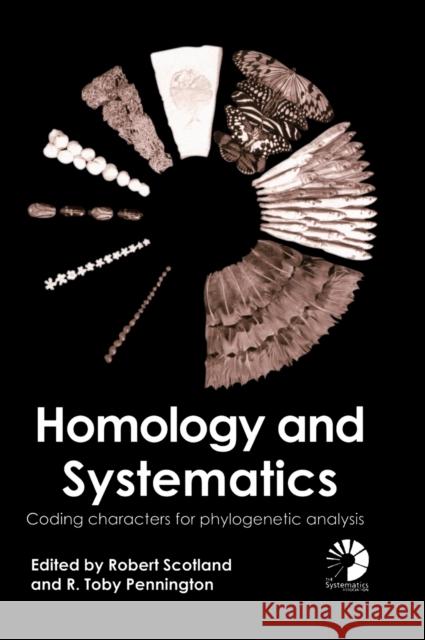Homology and Systematics: Coding Characters for Phylogenetic Analysis » książka
Homology and Systematics: Coding Characters for Phylogenetic Analysis
ISBN-13: 9780748409204 / Angielski / Twarda / 2000 / 226 str.
Homology and Systematics: Coding Characters for Phylogenetic Analysis
ISBN-13: 9780748409204 / Angielski / Twarda / 2000 / 226 str.
(netto: 533,14 VAT: 5%)
Najniższa cena z 30 dni: 555,21
ok. 22 dni roboczych
Bez gwarancji dostawy przed świętami
Darmowa dostawa!
Systematists, comparative biologists, taxonomists and evolutionary biologists all concern themselves with the evolutionary relationships between animals and plants. Homology is the principle underlying these disciplines. When looking at groups of organisms, similarities between them (homologies) suggest a close common ancestor. For example, human and porcine insulin is very similar in structure (porcine insulin was once used to treat human diabetics). However, there are usually characteristics which would oppose such theories. For example: totally different foetal development, and the difficulty in knowing how to rank these homologies and differences, in order to make a hypothesis about evolutionary relationships. In order to do this, complex matrices are devised, where characteristics are coded, allowing theories of homology to be developed and verified. Arguing that practically nothing has been written about this matrix-building and yet it is of fundamental importance to the disciplines mentioned above, this book aims to fill this gap by discussing the different ways observations are coded and the consequences for the resulting hypotheses.











